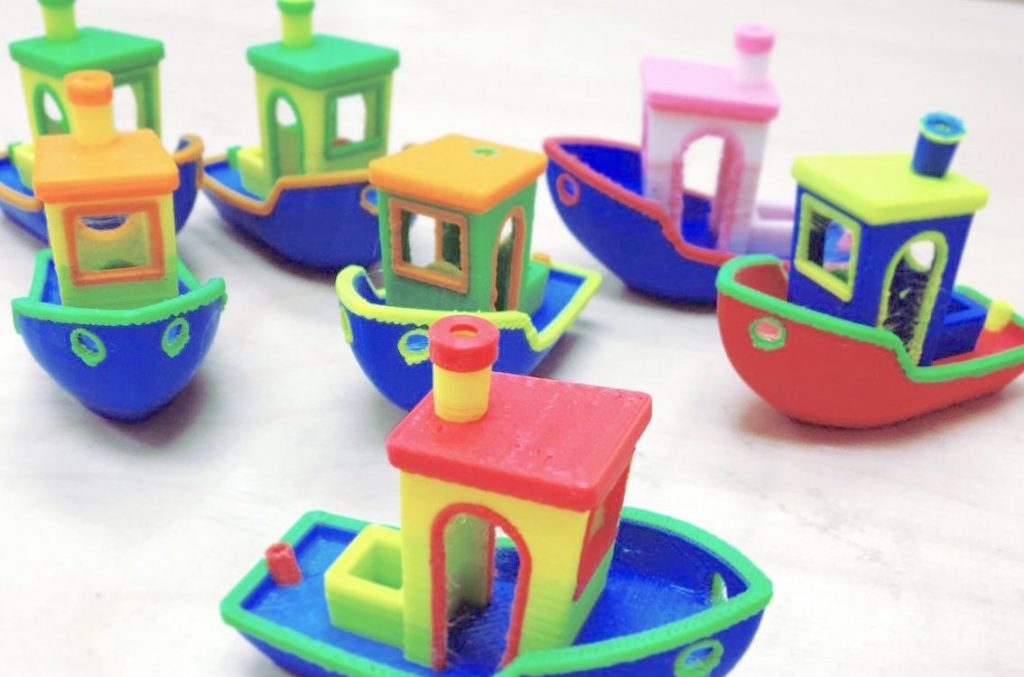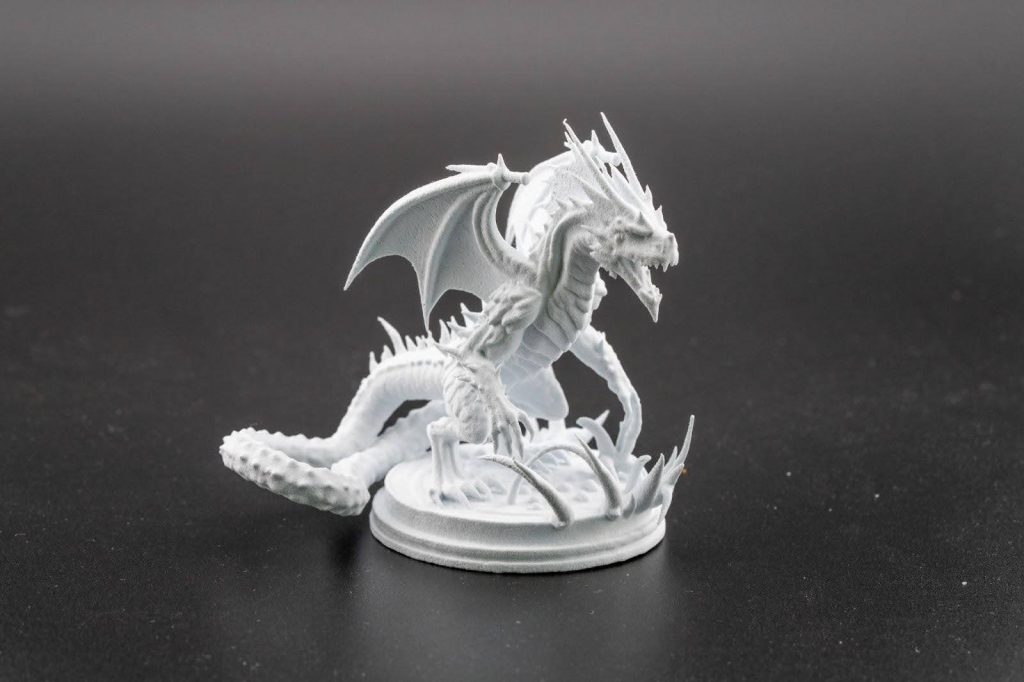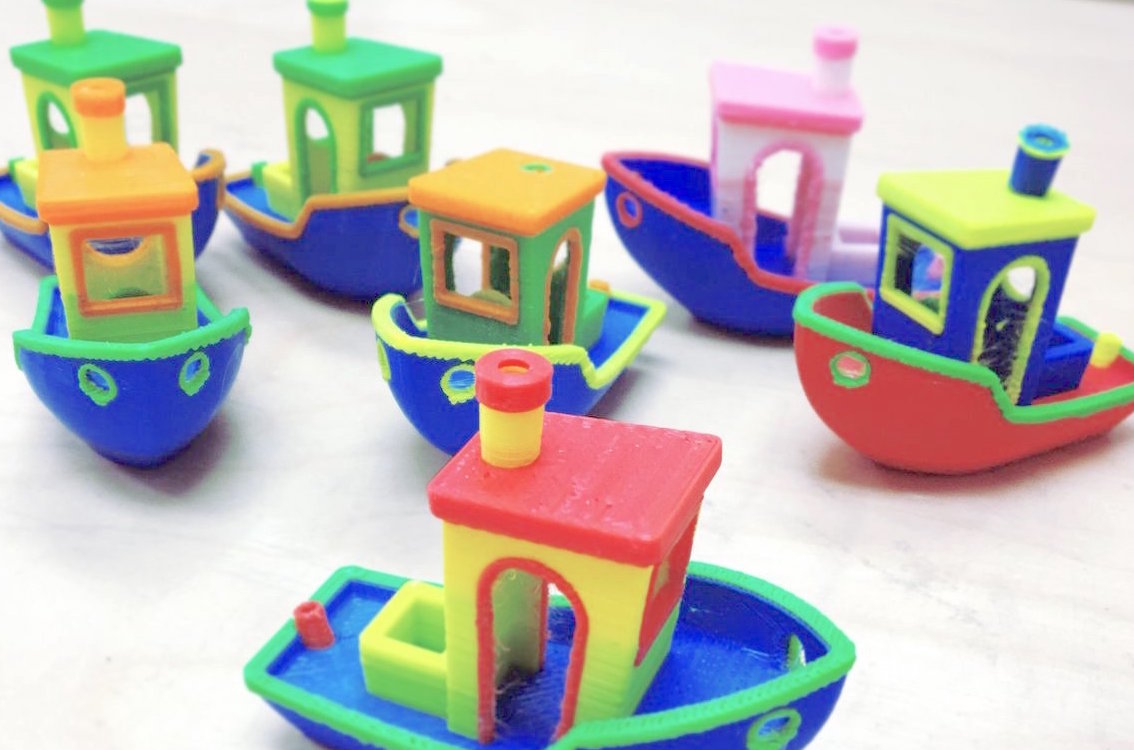3DBenchy, a widely recognized 3D model for testing and benchmarking -desktop -3d printers, was made publicly accessible. This model was originally published on April 9, 2015 by Creative Tools – a company known for its innovative digital design solutions – this model has long served as a practical instrument for evaluating printer performance. In 2024, according to Creative Tools by NTI, a full-service provider of digital solutions in construction, design, manufacturing and media and entertainment, was decided to open 3DBenchy for the public. With the 10th anniversary, NTI's step to remove usage restrictions strengthens the role of the model as a standardized tool for the 3D printing community.


Daniel Norée, the original designer at Creative Tools, created 3DBenchy as a precise calibration tool for 3D printers. Under the guidance of Paulo Kiefte – CEO from Creative Tools until 2018 – 3DBenchy was introduced under a creative commons: No derivates license. This license should protect the model from modifications and ensure the consistency of performance tests. Despite these restrictions, the design of the model quickly became a cultural touchstone. The 3D printing community not only took over the software as a benchmarking standard, but also spent various iterations informally, even if the license terms were present. The lack of active enforcement through creative tools enabled these variations to multiply, which contributed to the iconic status of 3DBenchy in this area.
At the beginning of 2025, speculation began in circulation when reports occurred that the printouts were removed for sharing a platform for sharing 3D designs, 3DBenchy remixes. Prusa Research, the company behind the printout, later clarified that a report from third -party providers had triggered the distance, not the NTI. NTI statements showed no intention to limit downloads or derivatives, but the incident underlined the permanent meaning of 3DBenchy. The anticipation builds up when the software approaches its tenth anniversary on April 9, 2025. Daniel Norée and Paulo Kiefte have taken responsibility for the administration of the official website and social media channels to ensure that the legacy of the model is anchored in open access.


Progress in 3D software and AI-controlled design
Backflip, a KI startup founded by Greg Mark and David Benhaim – veterans of the industrial 3D printer manufacturer Mark Fored – has introduced a new tool that converted text and image requests into 3D models. With a financing of $ 30 million from risk capital companies NEA and Andreessen Horowitz, the Backflip platform promises to dramatically reduce the design cycle. The underlying technology of the tool uses newly neuronal representations, which reports up to 60 times more efficient training, faster conclusion of 10x and a spatial resolution of 100 times compared to earlier methods.
Tencent, a Chinese technology conglomerate, has also made progress in the 3D software, with Hunyuan3d 2.0 unveiling. This AI-operated tool uses a two-model approach: Hunyuan3D-Dit focuses on the production of high-resolution geometry, while Hunyuan3D-Paint uses realistic textures by diffusion models and geometric priors. Internal ratings show that this decoupled system reaches a lower state model distance (CMMD) and Fréchet Inception distance (FID) compared to competing solutions. Hunyuan3D studio, an accompanying interface, facilitates tasks such as sketch-to-3D conversion and simplified polygon edition, which raises joint bottlenecks in animation and fast prototyping workflows.


Ready to discover who won the 2024 3D printing industry prices?
What will the future of 3D printing look?
Which recent trends drive the 3D printing industryHow emphasized by experts?
Subscribe to 3D printing industry newsletter to stay up to date with the latest news and knowledge.
Stay with the latest 3D printing by following us Twitter And FacebookAnd don't forget to subscribe to the 3D printing industry YouTube channel For more exclusive content.
Selected picture shows Neon 3D -Benchy boat by Javen Wilson from Mosaic Manufacturing. Photo via 3DBenchy.
